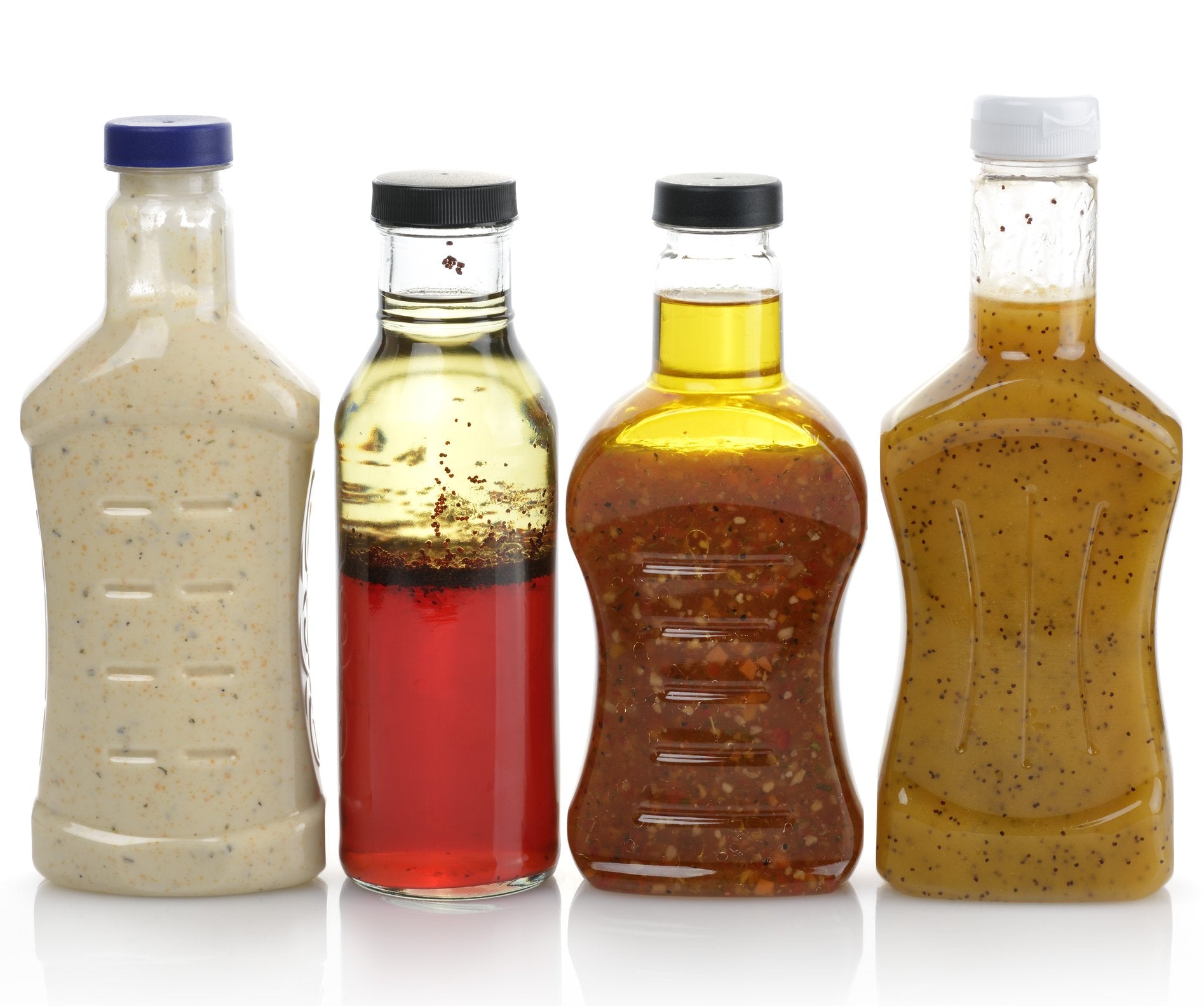ChatGPT said: Everyday emulsifiers found in your kitchen
Emulsifiers: Trick Ingredients for Attaining Perfectly Mixed Formulations
Emulsifiers play a crucial role in creating steady mixtures of immiscible liquids, such as oil and water. Their one-of-a-kind properties enable them to lower surface tension, which is crucial for harmony in various formulas. Recognizing the distinctions between all-natural and synthetic emulsifiers can affect product high quality substantially. As sectors increasingly look for to boost appearance and rack life, the selection process for the best emulsifier ends up being vital. What factors should be taken into consideration in this vital selection?
Recognizing Emulsifiers: What They Are and Just how They Function
Although emulsifiers may feel like a simple addition to formulas, they play a crucial role in stabilizing mixes of components that normally do not mix well, such as oil and water. These substances operate by decreasing surface area stress at the interface in between immiscible fluids, allowing them to mix even more evenly. Emulsifiers contain both hydrophilic (water-attracting) and lipophilic (oil-attracting) properties, which enable them to anchor themselves at the boundary of both stages. By doing so, they develop a protective obstacle that avoids the beads of one fluid from coalescing into bigger masses, therefore maintaining a steady solution. The effectiveness of an emulsifier relies on its molecular framework, which influences its capacity to support combinations. In various applications, from food to cosmetics, emulsifiers assure a constant texture and look, improving both capability and customer appeal. Their relevance can not be overemphasized in accomplishing well-blended formulations.
Sorts of Emulsifiers: Natural vs. Artificial
Emulsifiers can be extensively classified right into two kinds: synthetic and natural, each offering distinct benefits and applications. Natural emulsifiers, originated from plant or pet sources, consist of casein, periodontal, and lecithin arabic (emulsifiers). These emulsifiers are commonly favored in natural and clean-label products as a result of their minimal processing and biocompatibility. Their gentle nature makes them ideal for delicate solutions, specifically in food and cosmetics

On the other hand, artificial emulsifiers such as mono- and diglycerides, and polysorbates are manufactured through chemical processes. They are frequently used in commercial applications due to their security and efficiency in developing solutions. Synthetic emulsifiers frequently exhibit premium performance in extreme conditions, such as high temperatures or differing pH degrees. The selection between all-natural and artificial emulsifiers mostly depends upon the specific formulation requirements, regulatory considerations, and consumer choices, affecting their reliable application in numerous sectors.
Features of Emulsifiers in Food and Aesthetic Solutions
The duty of emulsifiers prolongs beyond simple stabilization; they are essential in accomplishing the wanted texture, shelf, and look life of food and cosmetic items. In food solutions, emulsifiers aid mix oil and water, developing consistent and smooth structures necessary for sauces, dressings, and dairy products. They reduce surface area stress, improving the stability of emulsions, which prevents separation and lengthens quality.
In cosmetics, emulsifiers ensure that ingredients, such as oils and water, mix flawlessly, boosting and offering a positive feel application. emulsifiers. They add to the item's thickness and spreadability, necessary for lotions, creams, and creams. Additionally, emulsifiers can envelop active ingredients, improving their circulation and efficiency in formulations. By regulating texture and improving sensory characteristics, emulsifiers play an essential function in conference customer expectations in both food and cosmetic industries, guaranteeing products are not only attractive yet also functionally reliable
Choosing the Right Emulsifier for Your Item

Furthermore, the target application-- whether for food, cosmetics, or pharmaceuticals-- will certainly influence the option. Food-grade emulsifiers ought to comply with Continue security regulations, while aesthetic emulsifiers might need skin compatibility. Reviewing factors such as HLB (Hydrophilic-Lipophilic Equilibrium) helps in anticipating emulsifier behavior in certain solutions. Eventually, a comprehensive evaluation of both practical needs and regulative factors to consider is important to select one of the most reliable emulsifier, guaranteeing the end product fulfills the wanted high quality and security standards.

Tips for Effective Solution Development and Stability
Accomplishing effective solution development and stability calls for mindful focus to several crucial factors. First, the choice of emulsifier plays a crucial duty; it needs to work with the oil and water phases to guarantee efficient stabilization. Second, the ratio of oil to water must be well balanced, go as an improper ratio can cause instability. Third, the blending process must be controlled; high shear mixing can assist attain smaller droplet dimensions, boosting stability.
Temperature likewise affects solution security; preserving perfect temperature levels throughout formulation avoids early splitting up. In addition, incorporating stabilizers such as thickeners can even more enhance thickness, lowering the likelihood of phase separation. Lastly, performing thorough stability tests after formulation will assist determine possible concerns, enabling adjustments before final production. By adhering to these guidelines, formulators can achieve consistent and reputable solutions that preserve their preferred properties over time.
Frequently Asked Inquiries
Can Emulsifiers Be Made Use Of in Vegan Formulations?
Yes, emulsifiers can be made use of in vegan formulas. Lots of plant-based emulsifiers, such as lecithin from soy or sunflower, give effective blending without animal-derived components, making them appropriate for a variety of vegan items.
What Are Usual Irritants in Emulsifiers?
Common irritants in emulsifiers consist of soy, milk, and eggs, as particular emulsifiers are acquired from these sources. Furthermore, some individuals might respond to chemicals or additives used alongside emulsifiers in various formulas.

Exactly How Do Emulsifiers Influence Service Life of Products?
Emulsifiers improve item stability by protecting against separation of active ingredients, thus prolonging shelf life. They reduce spoilage brought on by microbial growth and oxidation, leading to extended freshness and enhanced high quality in numerous food and aesthetic solutions.
Are There Any Health And Wellness Issues Related To Emulsifiers?
Research shows potential health problems related to emulsifiers, consisting of digestive tract microbiome alterations and swelling. While regulative bodies typically regard them risk-free, ongoing researches remain to discover long-lasting results on health and wellness and total wellness.
Can Emulsifiers Improve Taste or Aroma in Formulations?
Emulsifiers can boost taste and scent in why not try these out formulations by enhancing ingredient diffusion and security. This leads to a much more uniform item, permitting flavors to fuse efficiently, inevitably resulting in an extra enjoyable sensory experience for customers.
Emulsifiers may appear like an easy enhancement to solutions, they play a crucial role in maintaining mixtures of components that commonly do not mix well, such as oil and water. In food formulas, emulsifiers help blend oil and water, developing uniform and smooth appearances essential for sauces, dressings, and milk items. Food-grade emulsifiers need to comply with security guidelines, while aesthetic emulsifiers might call for skin compatibility. Usual allergens in emulsifiers consist of soy, dairy, and eggs, as specific emulsifiers are acquired from these resources. Emulsifiers can enhance flavor and scent in solutions by boosting ingredient dispersion and stability.